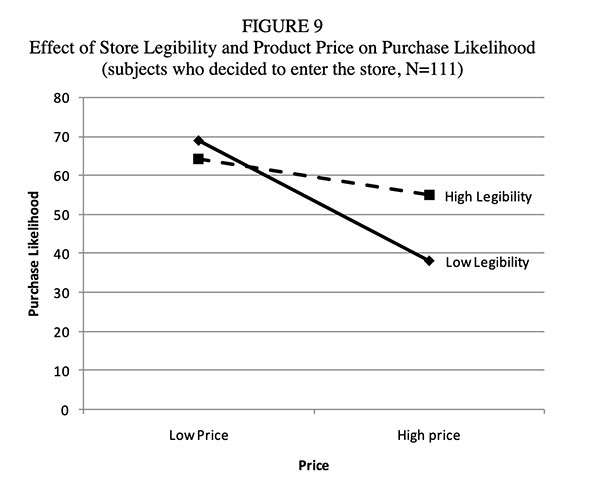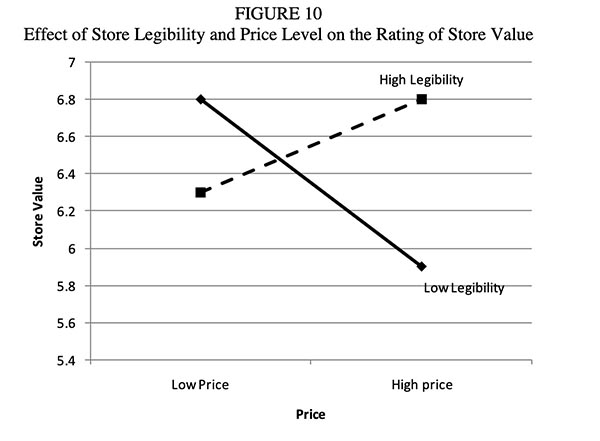There are lots of reasons to encourage your customers to beef up their in-store signage and displays. It’s great marketing. Great displays draw people into the store and alert them to new products, sales, and promotions. During the COVID-19 pandemic, signage can also be used to keep your customers and employees safe and support compliance with the law. But did you know that really these things can also make your customers less price-sensitive?
Research conducted by Raymond R. Burke and Alex Leykin at Indiana University’s Kelley School of Business (“Identifying the Drivers of Shopper Attention, Engagement, and Purchase”) looked at a variety of impacts of in-store signage on shopper behavior. Researchers asked, what is the impact of signage on drawing people into the store? On keeping them in the store once they’ve entered? On them making a purchase? One of the results that surprised me—and, frankly, showed a correlation that I had never considered—was that the easier the store was to navigate, the less price-sensitive customers became.
The study (which was conducted in 2015 but is relevant today) found that the higher the price, the lower the percentage of shoppers who bought the item they had come for. No surprise. What was a surprise was that the level of store organization, including “legibility” of store signage, had an impact on that behavior, as well.
When customers visited a store that was well-organized and had clear signage that made it easy to access to the product they were looking for, researchers found that a $10 increase in the price of the product resulted in a “small but statistically insignificant” drop in their likelihood of making a purchase. Conversely, when the store environment was not well organized, not well signed, and the shopping process took much longer, the same increase in price caused a dramatic decrease in their likelihood of making a purchase.

Source: Raymond R. Burke and Alex Leykin, “Identifying the Drivers of Shopper Attention, Engagement, and Purchase”
It wasn’t just price-sensitivity that signage impacted. Researchers saw the same thing happen when it came to customer ratings of the overall store value and the shopper’s likelihood of recommending the store to a friend.

Source: Raymond R. Burke and Alex Leykin, “Identifying the Drivers of Shopper Attention, Engagement, and Purchase”
These results make sense from an anecdotal perspective, as well. When we are in a good mood and things are going well/the store is easy to navigate and the product you are looking for is easy to find, we are more flexible in our thinking. But when we’re irritated or frustrated/the store is hard to navigate and product is hard to find, it doesn’t take much to turn us off. What we don’t often do is associate this effect with the value of well-designed, well-placed, and ample in-store signage. But maybe we should.
In summary, the researchers concluded:
The results reveal that a store’s signage and layout have direct effects on store penetration and purchase likelihood, as well as carryover effects on consumer price response and value perceptions. Consumers are willing to pay a higher price for products in stores with high environmental legibility, where product organization and signage make it easy and less time consuming to find the desired items.
If ever there were reasons to encourage your customers to invest more heavily in store signage, this is it. Keep those wide-format presses busy...and let these findings help you do it.










Discussion
Join the discussion Sign In or Become a Member, doing so is simple and free